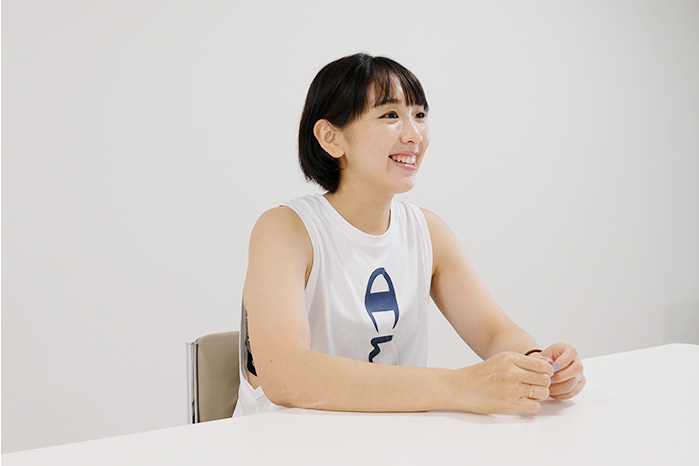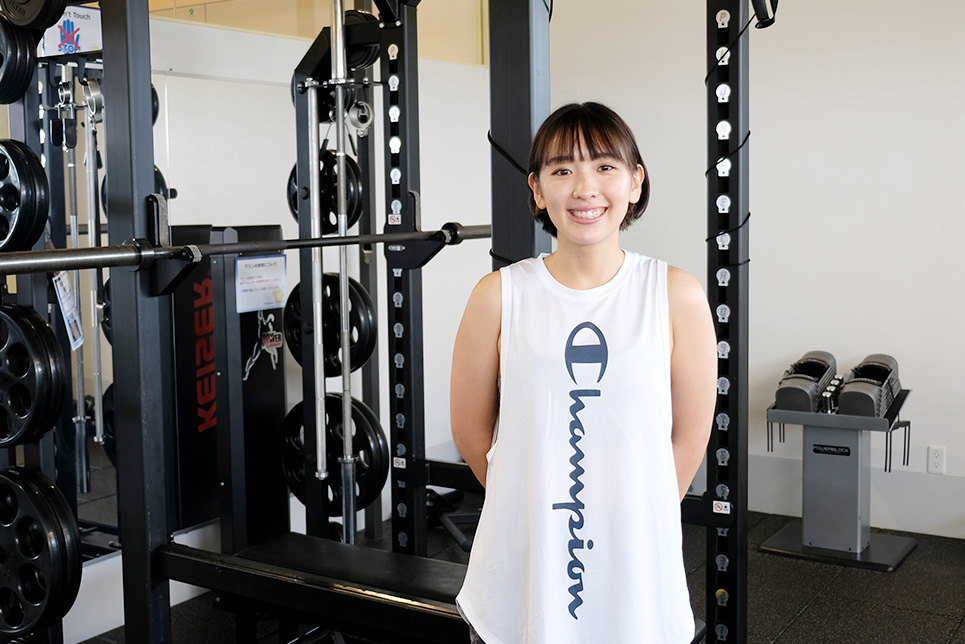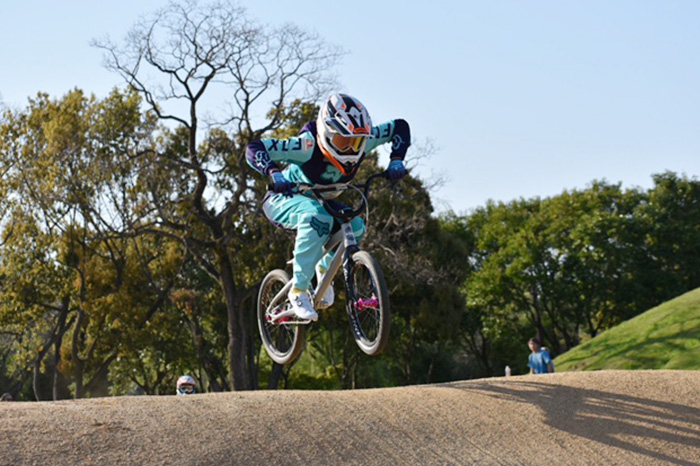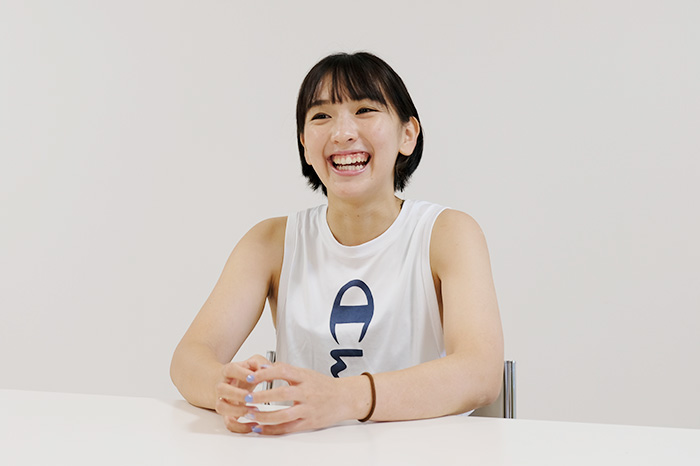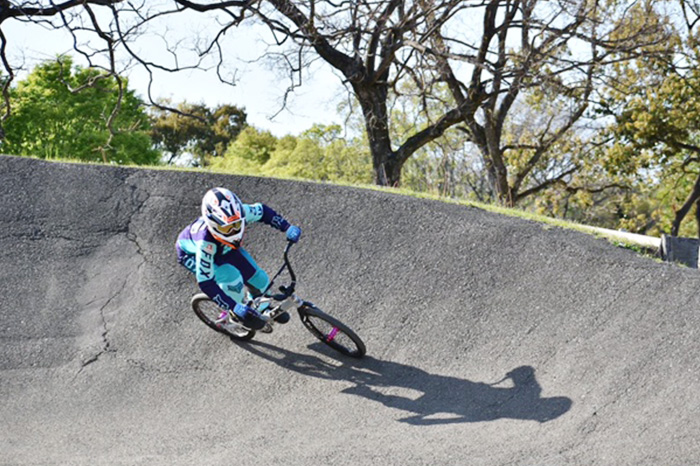How did you get involved in BMX?
When I was 10, I went with my family to watch a race at Oizumi Ryokuchi Park in Sakai, near my home. My father had wanted to do BMX when he was a boy, so he figured he’d get his kids into it by taking them to watch a race! (Laughs) He actually wanted my younger brother to take it up, but I was the one who said “I want to do it!” So the next day, we went to buy a bike and all the necessary riding gear.
How did you feel when you watched a race for the first time?
I couldn’t believe how fast the racers were riding and jumping along the course. The excitement immediately mesmerized me! As a child I wasn’t good at physical activity, so I never imagined I’d ever become interested in sports. That’s how big an impact my first BMX encounter had on me.
When did you decide to really get into BMX?
The first time I tried the race course, I immediately crashed on the double jump. It hurt, but it was fun! About two or three months later, I entered a race as a novice, the lowest category—and I won! (Laughs) My parents were also thrilled. In my first year, I simply enjoyed riding, but in my second year I decided to take it more seriously and started entering BMX races around the country.
How did you feel when you heard BMX would become an official Olympic sport?
I never thought it would become an Olympic sport. Of course it was great that I could now aim for the Olympics, but I was also happy that suddenly BMX had the opportunity to garner more attention and attract far more participants.
Did your awareness change once the Olympics became a target?
The first time I entered the BMX World Championships, I realized that there are some really good riders in other countries! It taught me that I didn’t yet have near the physical strength and technique necessary to compete on the world stage. During the next year, I threw myself into training and built up my strength, and at my second BMX World Championships I made it to the semi-finals. Although I didn’t win, I was now confident I could compete at the world level and I vowed to keep forging ahead.
